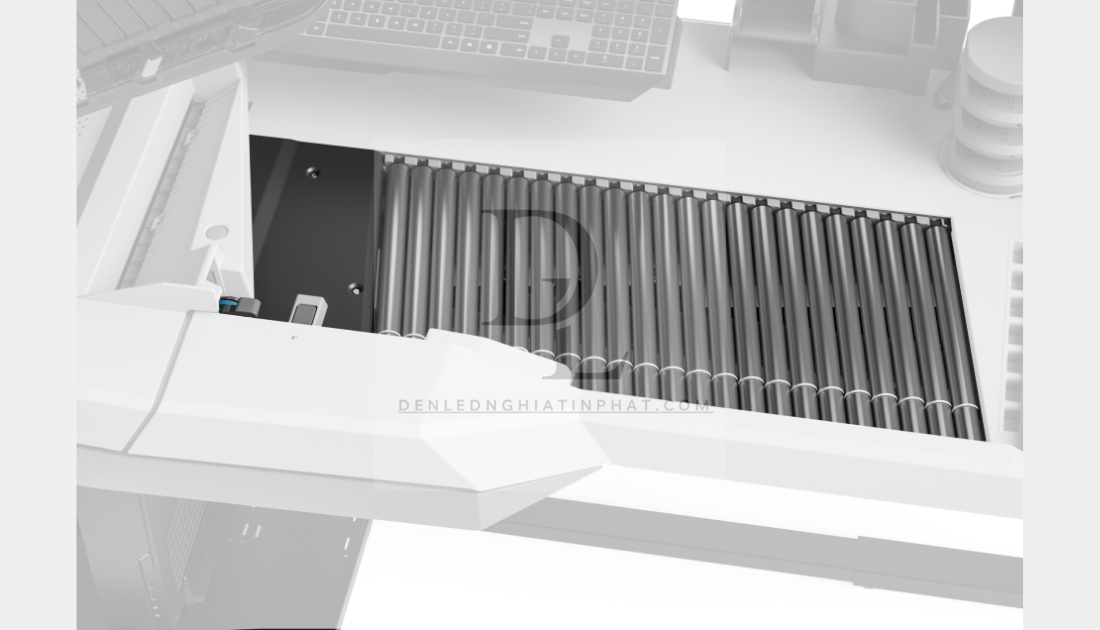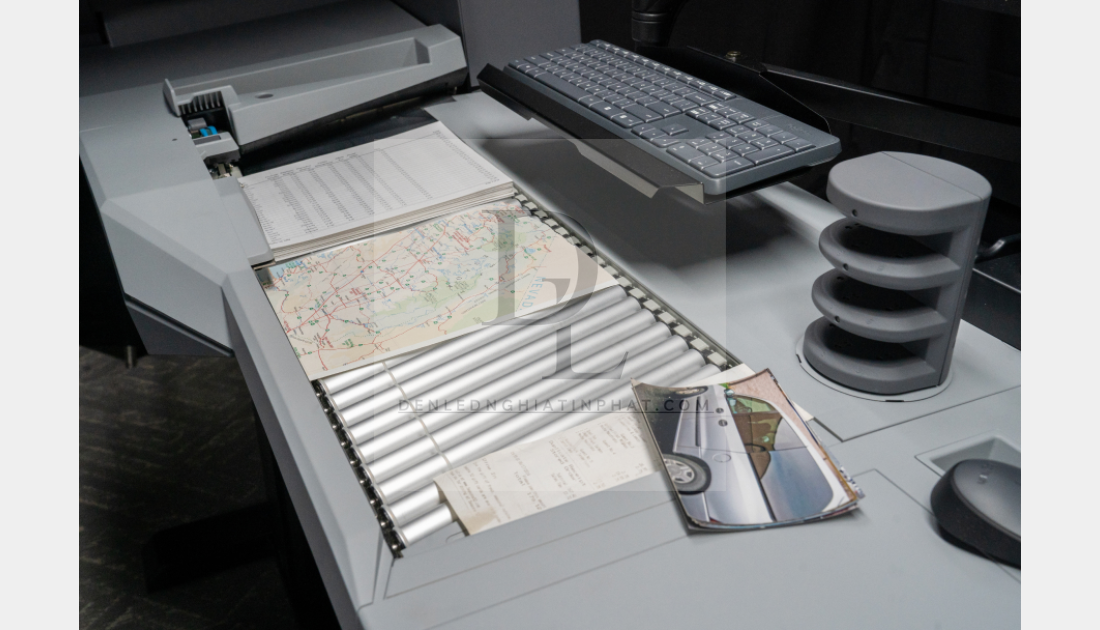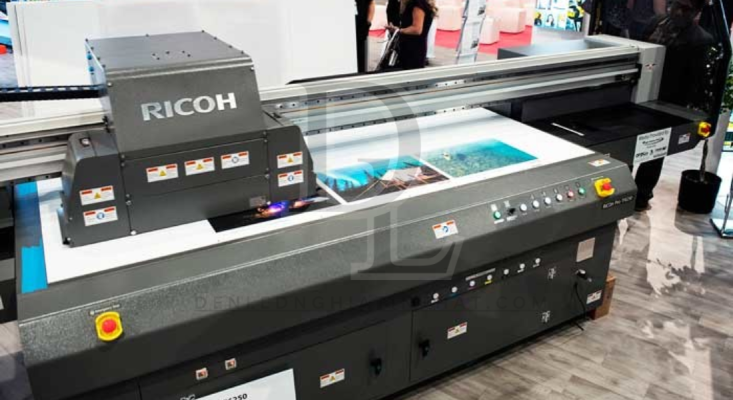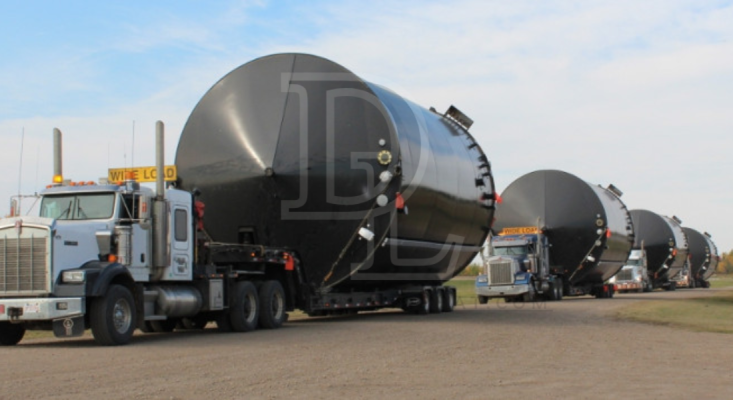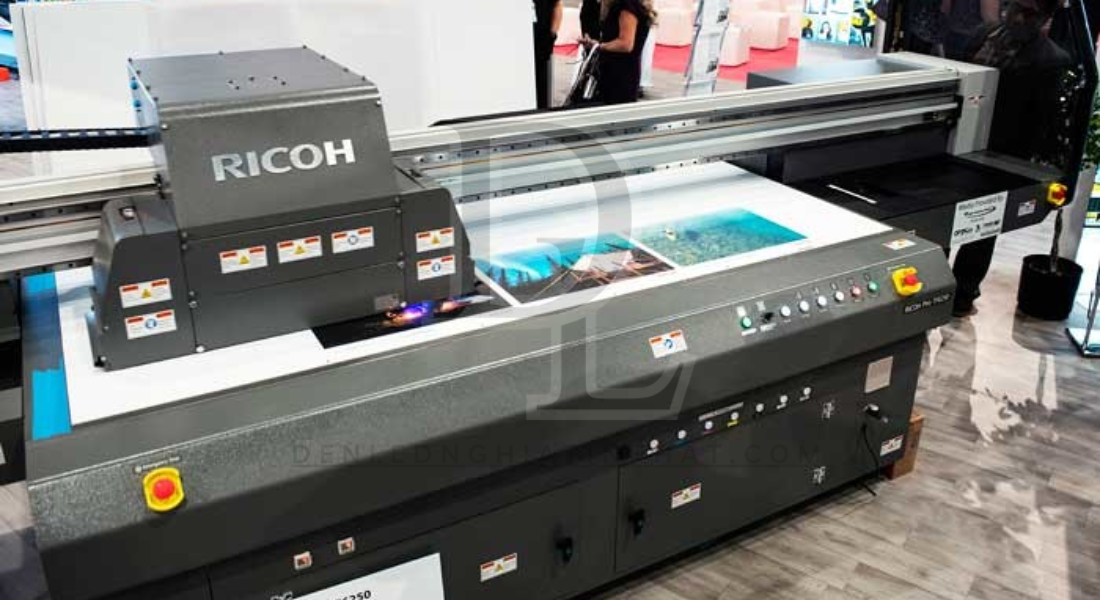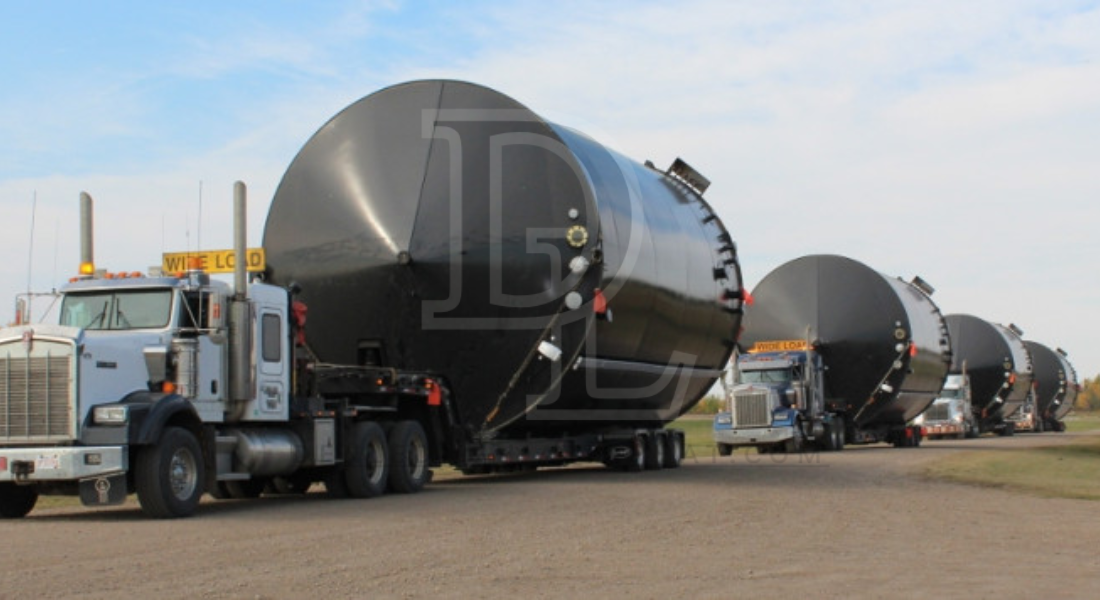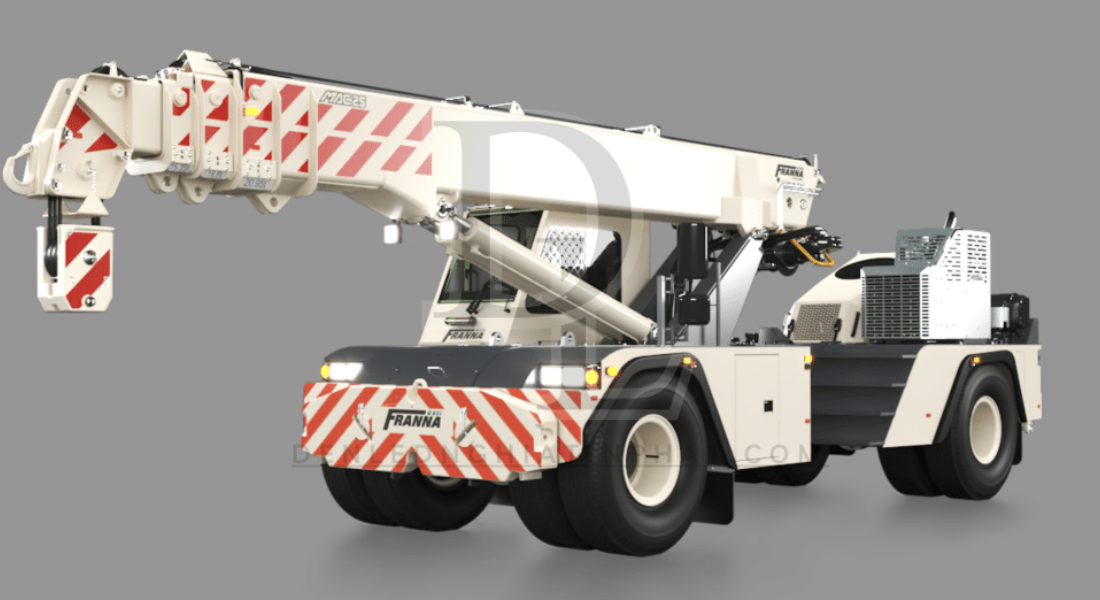In today’s fast-paced digital world, high-end document scanning systems have become essential tools for businesses of all sizes. These advanced devices not only streamline office operations but also enhance productivity across various industries. Designed to handle large volumes of documents with speed and precision, they are critical for organizations aiming to transition into paperless environments. This guide explores the benefits, features, and applications of high-end document scanning systems and how they can transform your workflow.
What Are High-End Document Scanning Systems?
High-end document scanning systems are sophisticated devices built to digitize paper documents with exceptional speed and accuracy. Unlike standard scanners, these systems are designed to handle high workloads, making them ideal for office and industrial environments. They are equipped with advanced features such as optical character recognition (OCR), automatic document feeders (ADF), and multi-format scanning capabilities.
These systems are often integrated with software that allows users to organize, edit, and store scanned documents efficiently. Whether you’re scanning legal contracts, technical blueprints, or sensitive financial records, these machines ensure that every detail is captured accurately.
Why Invest in High-End Document Scanning Systems?
Investing in high-end document scanning systems offers numerous advantages. One of the most significant benefits is improved efficiency. These systems can process hundreds of pages in minutes, saving valuable time for employees who would otherwise spend hours scanning documents manually.
Another advantage is their ability to enhance document management. By digitizing paper files, organizations can store and retrieve information more effectively. This not only reduces the need for physical storage space but also minimizes the risk of losing important documents.
High-end scanning systems also improve data security. Many models come with encryption features that protect sensitive information during the scanning and storage processes. This makes them ideal for industries such as finance, healthcare, and legal services.
Additionally, these systems support sustainability efforts by reducing paper usage. Transitioning to a digital workflow significantly lowers an organization’s carbon footprint, aligning with eco-friendly business practices.
Key Features of High-End Document Scanning Systems
Modern high-end document scanning systems come with a wide range of features that cater to diverse needs. One of the most notable features is OCR technology. OCR converts scanned images into editable and searchable text, making it easier to locate specific information within large documents.
Another essential feature is the automatic document feeder (ADF). This component allows users to load multiple pages at once, eliminating the need for manual feeding. Advanced models even support duplex scanning, enabling the system to scan both sides of a page simultaneously.
High-resolution scanning capabilities are another highlight. These systems produce crystal-clear images and text, ensuring that every detail is preserved. This is particularly important for industries that rely on accurate reproductions, such as architecture and design.
Connectivity is also a key consideration. High-end systems often include Wi-Fi, Ethernet, or USB connections, allowing seamless integration with existing office networks and cloud storage services.
Applications of High-End Document Scanning Systems
The versatility of high-end document scanning systems makes them suitable for a wide range of applications. In offices, they are commonly used for archiving documents, digitizing records, and managing invoices. By automating these tasks, businesses can focus on more strategic activities.
In industrial settings, these systems are invaluable for scanning blueprints, technical manuals, and quality control reports. Their ability to handle oversized documents and deliver high-resolution scans ensures that every detail is captured accurately.
Healthcare facilities also benefit greatly from these systems. Medical records, prescriptions, and insurance forms can be digitized and stored securely, improving patient care and operational efficiency.
Legal firms rely on high-end scanning systems to manage contracts, case files, and court documents. The ability to organize and search these files quickly enhances productivity and ensures compliance with legal standards.
Tips for Choosing the Right Scanning System
Selecting the right high-end document scanning system depends on your specific requirements. Begin by evaluating the volume of documents you need to scan. For high workloads, choose a model with a robust document feeder and a high page-per-minute (PPM) rate.
Next, consider the types of documents you will be scanning. If you handle fragile or oversized documents, look for a system that offers specialized trays and adjustable settings. For industries requiring high accuracy, opt for a scanner with advanced OCR capabilities.
Software compatibility is another critical factor. Ensure that the scanner integrates seamlessly with your document management systems and supports popular file formats such as PDF, TIFF, and JPEG.
Lastly, assess the scanner’s connectivity options. A system with cloud integration allows you to store and share files effortlessly, making it easier to collaborate with team members across different locations.
Maintenance Tips for Longevity
To maximize the lifespan of your high-end document scanning system, regular maintenance is essential. Start by cleaning the scanner’s glass and rollers to prevent smudges and ensure smooth paper feeding. Most manufacturers provide cleaning kits specifically designed for their systems.
Inspect the automatic document feeder regularly for wear and tear. Replacing worn-out components promptly ensures that the scanner continues to operate efficiently. Additionally, keep the system’s firmware up-to-date to access the latest features and security enhancements.
Store the scanner in a dust-free environment and avoid exposing it to extreme temperatures. These precautions can prevent damage and ensure consistent performance over time.
Enhancing Productivity with High-End Scanning Systems
High-end document scanning systems significantly enhance productivity by automating repetitive tasks. Employees can focus on more meaningful work instead of spending hours on manual scanning and filing. The ability to digitize documents quickly and accurately reduces bottlenecks in workflows, leading to faster decision-making.
Moreover, the integration of scanning systems with cloud platforms enables real-time collaboration. Team members can access, edit, and share documents from anywhere, promoting a more flexible and connected work environment.
The Role of Scanning Systems in Sustainability
In addition to their operational benefits, high-end document scanning systems support sustainable business practices. By reducing paper consumption, organizations can minimize their environmental impact and lower costs associated with printing and storage.
Digitizing documents also reduces waste. Instead of discarding outdated files, businesses can store them electronically, ensuring that valuable information is preserved while supporting eco-friendly initiatives.
Conclusion
High-end document scanning systems are a vital investment for businesses seeking efficiency, accuracy, and sustainability. Their advanced features and versatile applications make them indispensable tools for managing both office and industrial workflows.
By choosing the right system and maintaining it properly, you can enjoy long-term benefits that include improved productivity, enhanced data security, and reduced environmental impact. Explore the options available, invest in a reliable scanning system, and transform the way you manage documents today. These cutting-edge tools are more than just office equipment—they are a step toward a smarter, more efficient future.
